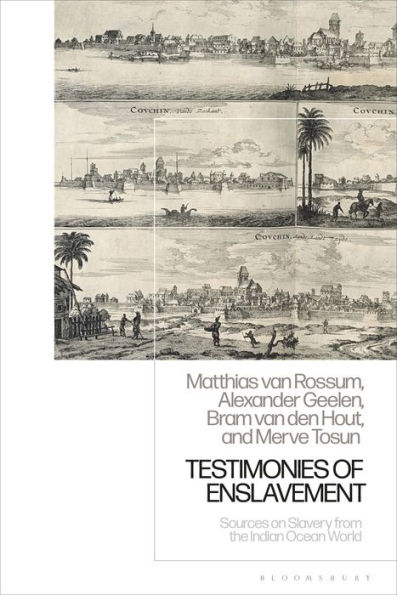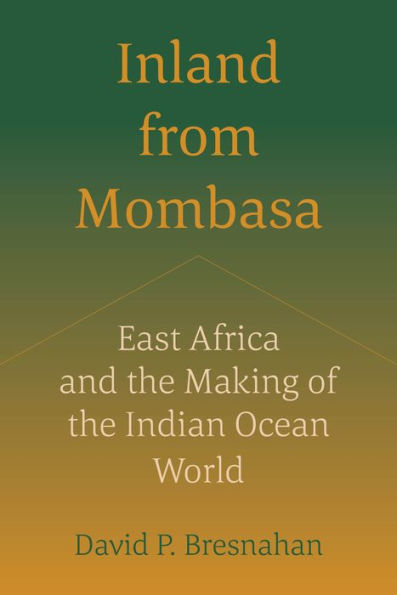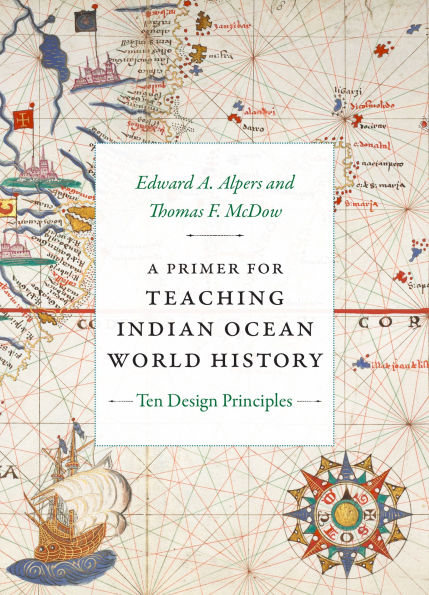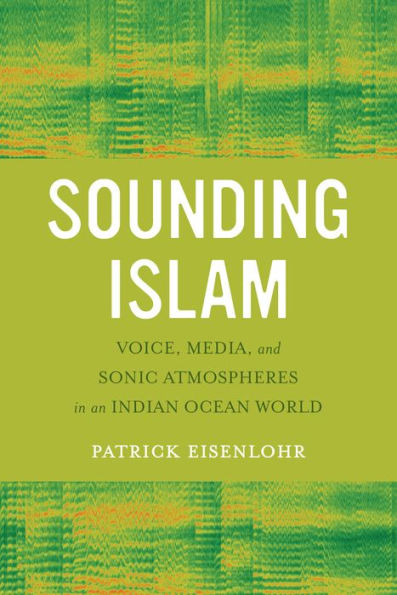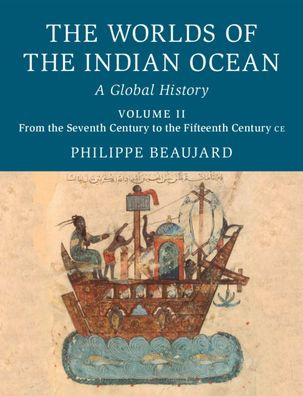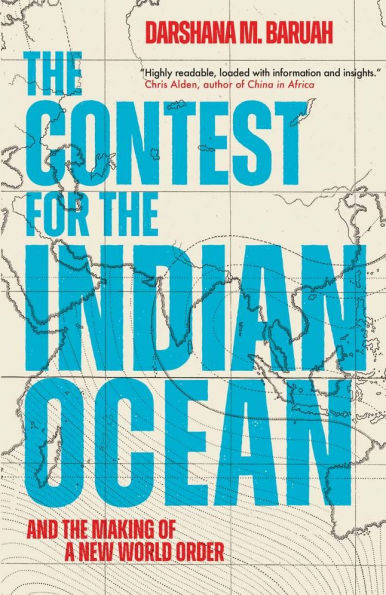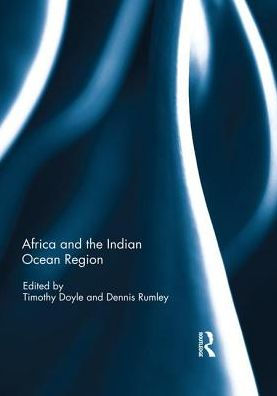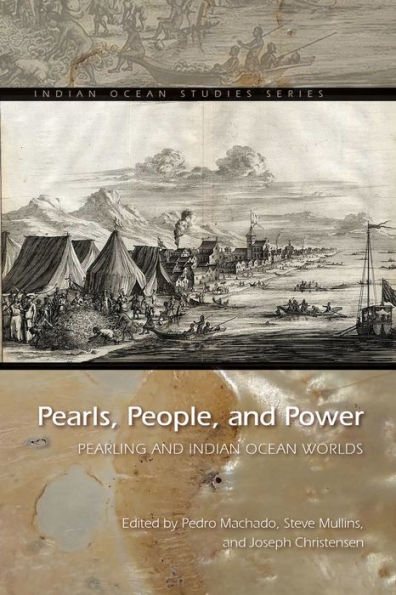Home
Reimagining Indian Ocean Worlds
Barnes and Noble
Loading Inventory...
Reimagining Indian Ocean Worlds
Current price: $190.00
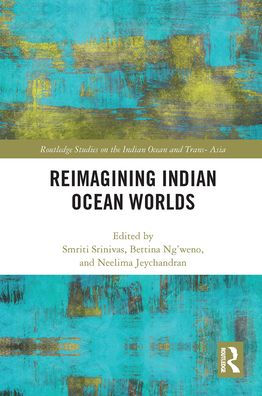
Barnes and Noble
Reimagining Indian Ocean Worlds
Current price: $190.00
Loading Inventory...
Size: Hardcover
*Product information may vary - to confirm product availability, pricing, shipping and return information please contact Barnes and Noble
This book breaks new ground by bringing together multidisciplinary approaches to examine contemporary Indian Ocean worlds. It reconfigures the Indian Ocean as a space for conceptual and theoretical relationality based on social science and humanities scholarship, thus moving away from an area-based and geographical approach to Indian Ocean studies.
Contributors from a variety of disciplines focus on keywords such as
relationality, space/place, quotidian practices,
and
new networks of memory and maps
to offer original insights to reimagine the Indian Ocean. While the volume as a whole considers older histories, mobilities, and relationships
between places in Indian Ocean worlds, it is centrally concerned with new connectivities and layered mappings forged in the lived experiences of individuals and communities today. The chapters are steeped in ethnographic, multi-modal, and other humanities methodologies that examine different sources besides historical archives and textual materials, including everyday life, cities, museums, performances, the built environment, media, personal narratives, food, medical practices, or scientific explorations.
An important contribution to several fields, this book will be of interest to academics of Indian Ocean studies, Afro-Asian linkages, inter-Asian exchanges, Afro-Arab crossroads, Asian studies, African studies, Anthropology, History, Geography, and International Relations.
Contributors from a variety of disciplines focus on keywords such as
relationality, space/place, quotidian practices,
and
new networks of memory and maps
to offer original insights to reimagine the Indian Ocean. While the volume as a whole considers older histories, mobilities, and relationships
between places in Indian Ocean worlds, it is centrally concerned with new connectivities and layered mappings forged in the lived experiences of individuals and communities today. The chapters are steeped in ethnographic, multi-modal, and other humanities methodologies that examine different sources besides historical archives and textual materials, including everyday life, cities, museums, performances, the built environment, media, personal narratives, food, medical practices, or scientific explorations.
An important contribution to several fields, this book will be of interest to academics of Indian Ocean studies, Afro-Asian linkages, inter-Asian exchanges, Afro-Arab crossroads, Asian studies, African studies, Anthropology, History, Geography, and International Relations.
This book breaks new ground by bringing together multidisciplinary approaches to examine contemporary Indian Ocean worlds. It reconfigures the Indian Ocean as a space for conceptual and theoretical relationality based on social science and humanities scholarship, thus moving away from an area-based and geographical approach to Indian Ocean studies.
Contributors from a variety of disciplines focus on keywords such as
relationality, space/place, quotidian practices,
and
new networks of memory and maps
to offer original insights to reimagine the Indian Ocean. While the volume as a whole considers older histories, mobilities, and relationships
between places in Indian Ocean worlds, it is centrally concerned with new connectivities and layered mappings forged in the lived experiences of individuals and communities today. The chapters are steeped in ethnographic, multi-modal, and other humanities methodologies that examine different sources besides historical archives and textual materials, including everyday life, cities, museums, performances, the built environment, media, personal narratives, food, medical practices, or scientific explorations.
An important contribution to several fields, this book will be of interest to academics of Indian Ocean studies, Afro-Asian linkages, inter-Asian exchanges, Afro-Arab crossroads, Asian studies, African studies, Anthropology, History, Geography, and International Relations.
Contributors from a variety of disciplines focus on keywords such as
relationality, space/place, quotidian practices,
and
new networks of memory and maps
to offer original insights to reimagine the Indian Ocean. While the volume as a whole considers older histories, mobilities, and relationships
between places in Indian Ocean worlds, it is centrally concerned with new connectivities and layered mappings forged in the lived experiences of individuals and communities today. The chapters are steeped in ethnographic, multi-modal, and other humanities methodologies that examine different sources besides historical archives and textual materials, including everyday life, cities, museums, performances, the built environment, media, personal narratives, food, medical practices, or scientific explorations.
An important contribution to several fields, this book will be of interest to academics of Indian Ocean studies, Afro-Asian linkages, inter-Asian exchanges, Afro-Arab crossroads, Asian studies, African studies, Anthropology, History, Geography, and International Relations.

